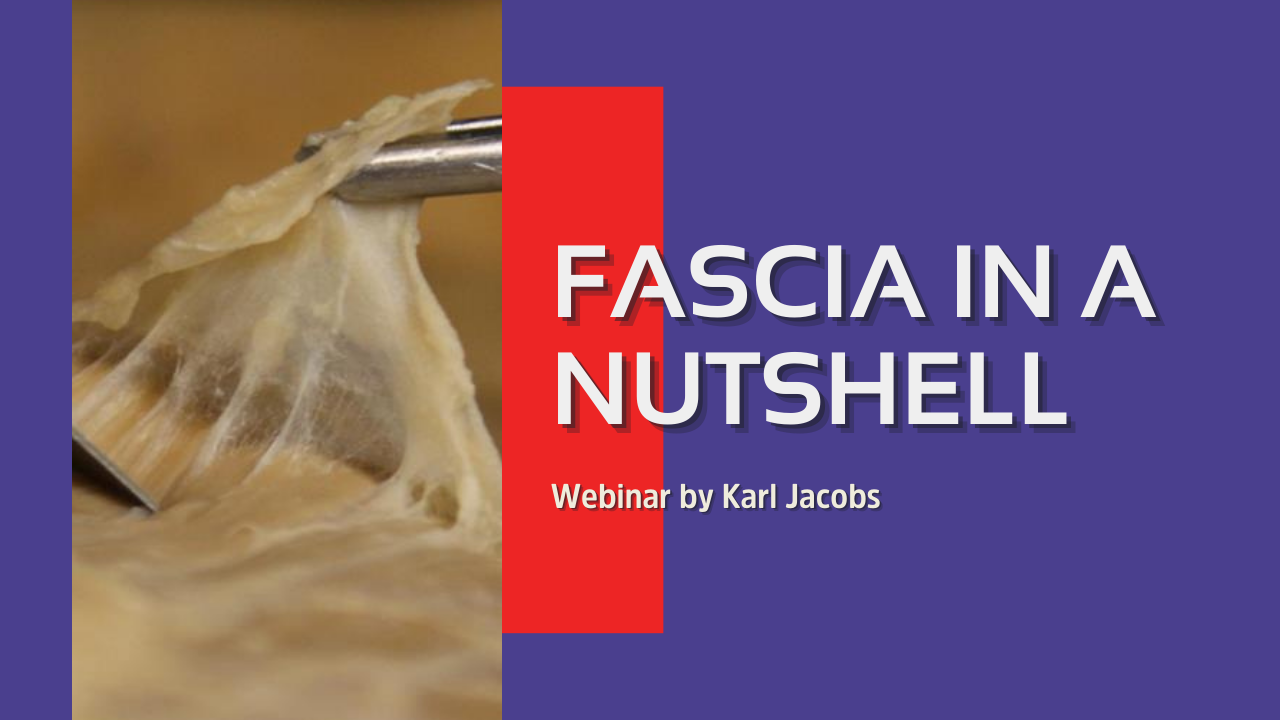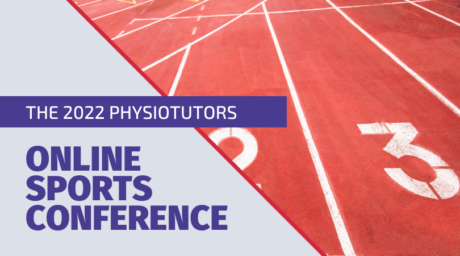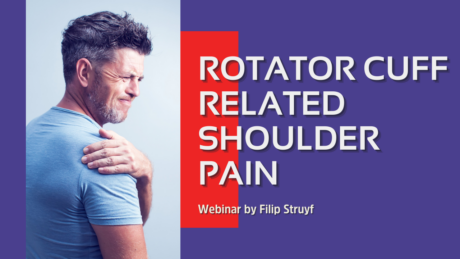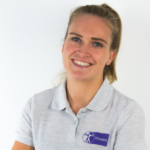Content
This training is closely related to the field of physiotherapy because it goes deeper into all aspects of fascia; embryology, histology, physiology, morphology, and functional relationship with movement. Recent literature clearly shows that fascia plays an important role in ‘optimal movement’. As described in the professional profile’ physiotherapy offers treatment in the recovery of optimal movement. Physiotherapists get to a specific physiotherapeutic diagnosis through a process of clinical reasoning, on the basis of which therapeutic and/or preventive interventions are determined and carried out. Knowledge of fascia is a prerequisite for the clinical reasoning process when treating patients with musculoskeletal disorders. Within this diagnostic process, knowledge of possible affected structures is required. New insights show that many musculoskeletal disorders are related to fascia. Within this webinar, a new and scientifically proven vision of functional anatomy is demonstrated. Seeing movement as more than a displacement of a body part within a system of axes and planes, but above all seeing it as a complex system with nothing more than the intention to achieve a goal. Current literature and especially the osteo-kinematic and arthro-kinematic descriptions of movement fall short to properly describe the real functional anatomy of movement. Through this webinar, I offer from recent literature and self-carried out research an addition to prior descriptions in which a broader and more complete description is created to understand the functional anatomy of optimal movement.
Speaker: Karl Jacobs
Karl is an accredited anatomist, presently working at the Amsterdam University of Applied Sciences. He collaborates with the Department of Medical Biology, Section Clinical Anatomy & Embryology of the University of Amsterdam.
He graduated as a Physical therapist at the University of applied science for physiotherapy, “Thim van der Laan”, Utrecht the Netherlands in 2003. As a physical therapist he has always been interested in the diagnostic assessment and orthopaedic rehabilitation of musculoskeletal disorders.
Since 2006, he has worked as a lecturer at the Amsterdam University of applied science and is responsible for the delivery of the dissection and anatomy program. He also lectures on anatomy in the musculoskeletal ultrasound courses at the Amsterdam Medical Centre, organised by Enraf-Nonius and SonoSkills.
As an anatomist his area of special interest is the functional anatomy of the musculoskeletal system, with a particular focus on fascia. He graduated with his MSc Functional and Clinical Anatomy from the University of Birmingham (United Kingdom) in 2017; his final dissertation was on the embryological, histological, physiological and morphological aspects of the fascial system.
Curriculum:
1) Introduction
2) Fascia from a historic perspective
3) Embryology of the fascial system
4) Histology of the fascial system
5) Physiology of the fascial system
6) Morphology of the fascial system
7) Functional anatomy and the role of fascia
8) Anatomical examples of fascia within the MSK system
9) Questions & Discussion
Webinar Preparation:
Please read the following articles before the start of the webinar to be perfectly prepared:
These articles will be discussed during the webinar.










Super interesting webinar
Karl’s huge enthusiasm for the topic made it really easy for me to follow the course.
The pictures and videos from the dissections were super fascinating and in total there were many thought provoking statements on the fascial system which make me want to dig deeper into the topic. 🙂
I find this webinar totally worth the money and the time!!!
Very interesting topic and a must-watch for everyone working with patients with musculoskeletal pain.
Very interesting course. One of the recommended reading articles was not free available when you click on the link. But with a bit of searching and google I was still able to find a free full text. Karl Jacobs has a lot of knowledge regarding this subject. He made me want to read his book that he wrote with Jeroen Alessi. Looking forward to the next webinar.
Contact with physiotutors was very good, they reply very swiftly to questions.
Interesting new concepts to think about would be interested in finding out how to influence the fascial tissue with treatment?
Very Interesting video
The speaker was speaking very clearly ( i am a frensh speaker from Belgium)
But as remark, the quizz was very difficult… the low amount of time and the questions were not easy at all… i was very surprised about it 🙂
Thanks.
Maxime
a bit disappointed about the interest of this webinar
I believe 2h30 could be used in a more efficient way to help therapists to understand more about fascia.
Talking less about why we used to not talk about fascia but more about what to do to have healthy Fascia.
I had much more interesting information from reading Robert Schleip books or articles.
Facia in a nutshell
The course was very clear and inspiring to learn much more about facia, It opened my point of view and I will already see things/ problems in my own practice different. Exited to do more courses like these!
Duidelijke en leuke webinar
Een duidelijk verhaal op een leuke manier gebracht. Goed zichtbare illustraties ter ondersteuning van het verhaal.
Fascia in a nutshell
Very theoretical and anatomical, did not learn anything new to do in my practice or to educate my patients.
As we still all are physiotherapists who want to help their patients…
Quiz was way too difficult because it was also hard for me to keep my attention to the course.